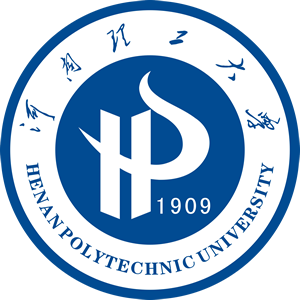
地址: 河南省焦作市高新区世纪路2001号[454000] Tel: 0391-3987069 E-mail: zkxb@hpu.edu.cn,skxb@hpu.edu.cn |

请您访问
|

社会科学版
|
| 供稿: 鲁延召 | 时间: 2018-12-19 | 次数: |
作者:鲁延召
作者单位:河南理工大学经济管理学院
摘要:民间文化艺术与旅游的联动开发已成为一个值得关注的新趋势。怀梆、沁阳唢呐及高抬火轿作为国家级的非物质文化遗产,是体现焦作地区风貌的民间文化艺术,但传统的运作方式已使它们在传承之路上渐趋消退;另一方面,焦作旅游业虽然近十年发展迅猛,但重山水、轻文化的开发模式已不是主流所趋。本文基于旅游与民间文化艺术联动开发的视角,在分析怀梆、沁阳唢呐、高抬火轿及旅游开发市场的基础上,探讨如何让民间文化艺术为旅游开发注入新的活力,如何利用旅游开发促进焦作地区民间文化艺术产业的传承与发展,并以此带来经济、社会、环境效益共赢。
基金:国家社科基金项目(12BJY124);国家社科青年基金项目(13CZS062);河南理工大学博士基金项目(B2012-044);
DOI:10.16698/j.hpu(social.sciences).1673-9779.2014.03.001
分类号:F592.7;J0
Abstract:The linkage development of folk art and tourism has become a new trend of concern. As the state intangible cultural heritage, suona ( a kind of Chinese horn) , high-lifted sedan and Huai-Bang Opera ( a variety of Chinese folk opera) are representatives of folk culture and art with Jiaozuo style, however, they began to fade away gradually due to the traditional operation mode. On the other hand, despite the rapid development in the past decade, the development mode of Jiaozuo tourism which depends on natural landscape but ignores cultural heritage does not accord with the mainstream trend. Based on the analyses of Huai-Bang Opera, suona, high-lifted sedan and tourist market, the appraoches to integrating folk art with tourism development, promoting the spread and development of folk culture through tourism devlopment, and thus achieving economic, social and environmental benefits are explored in this paper from the perspective of linkage development.